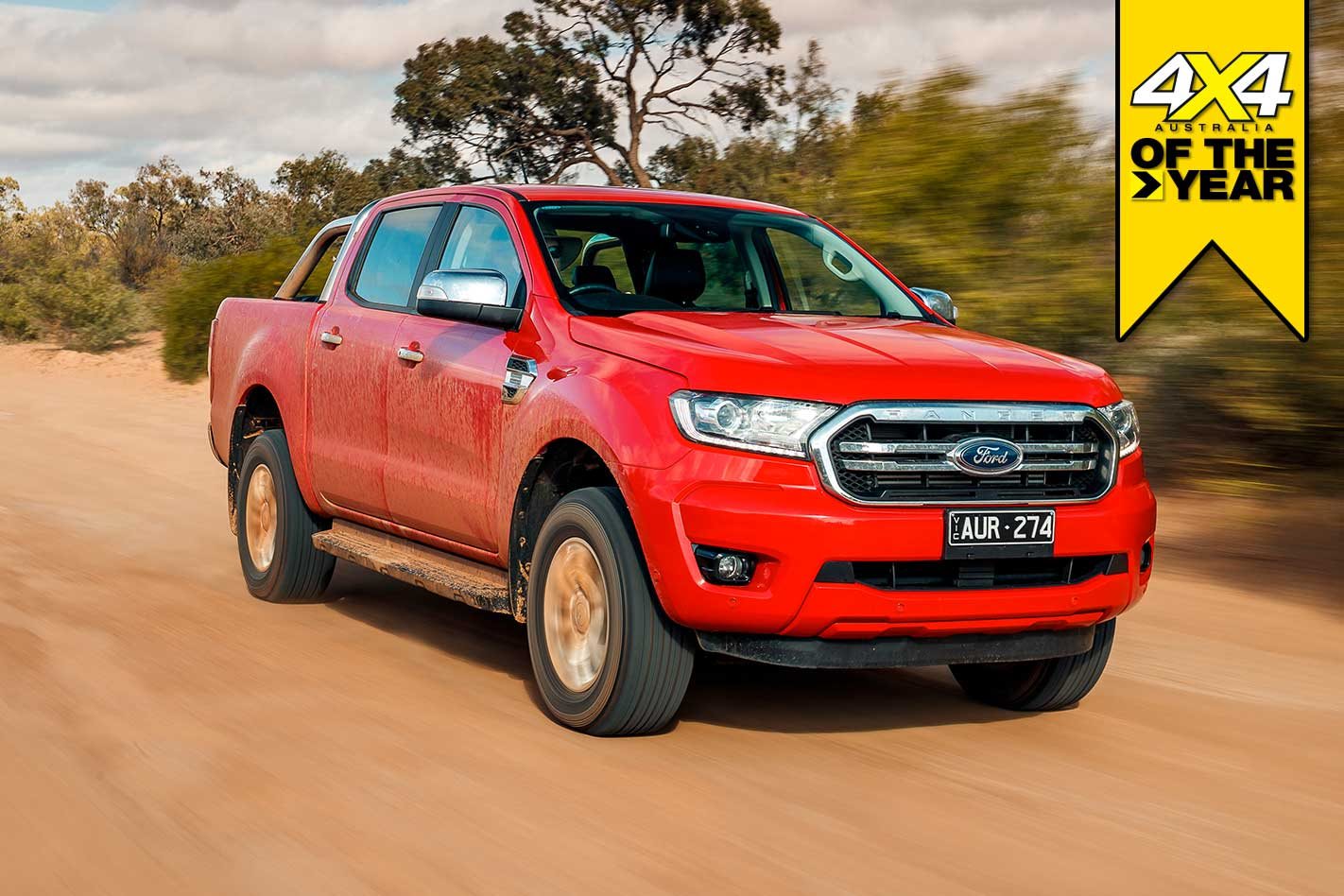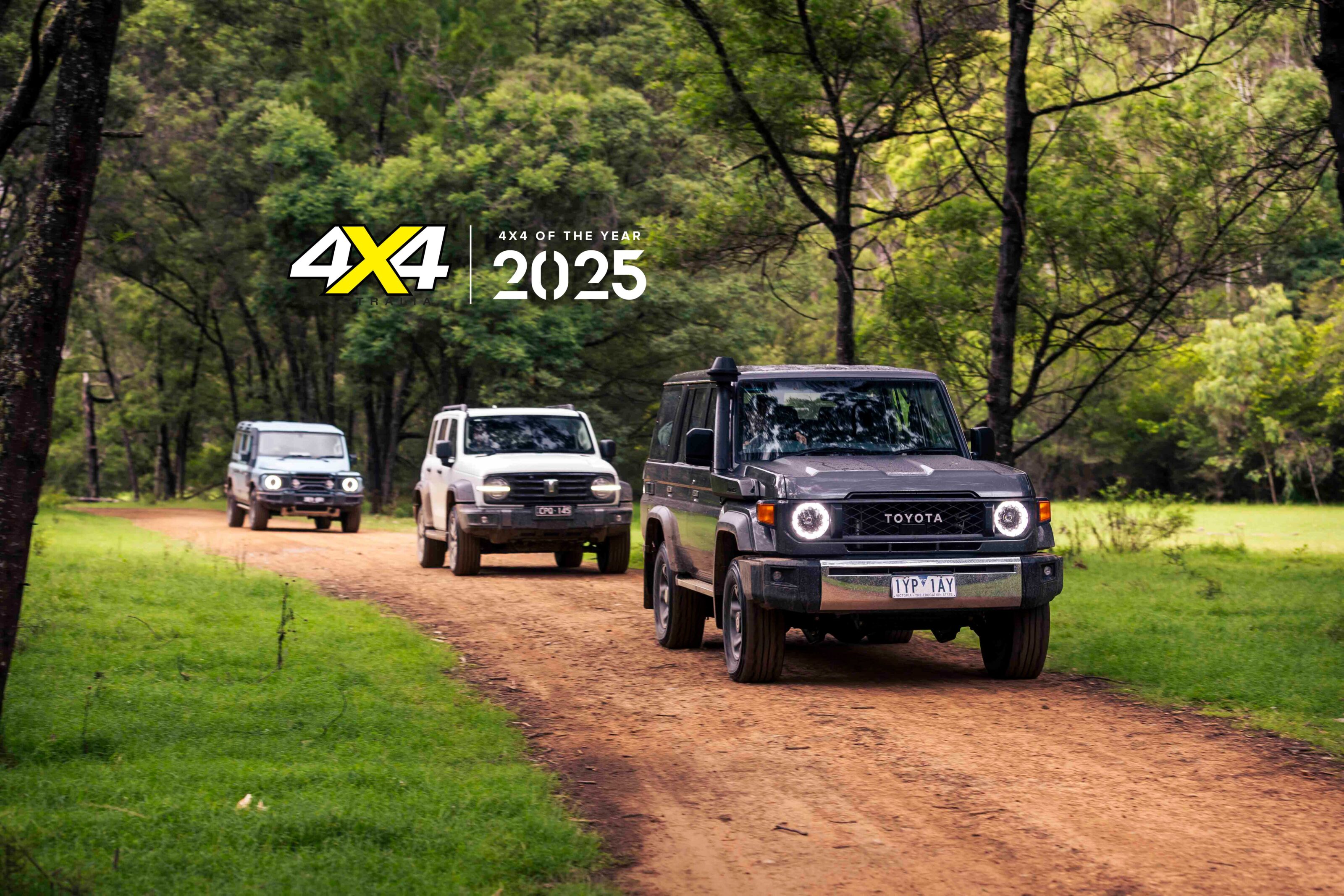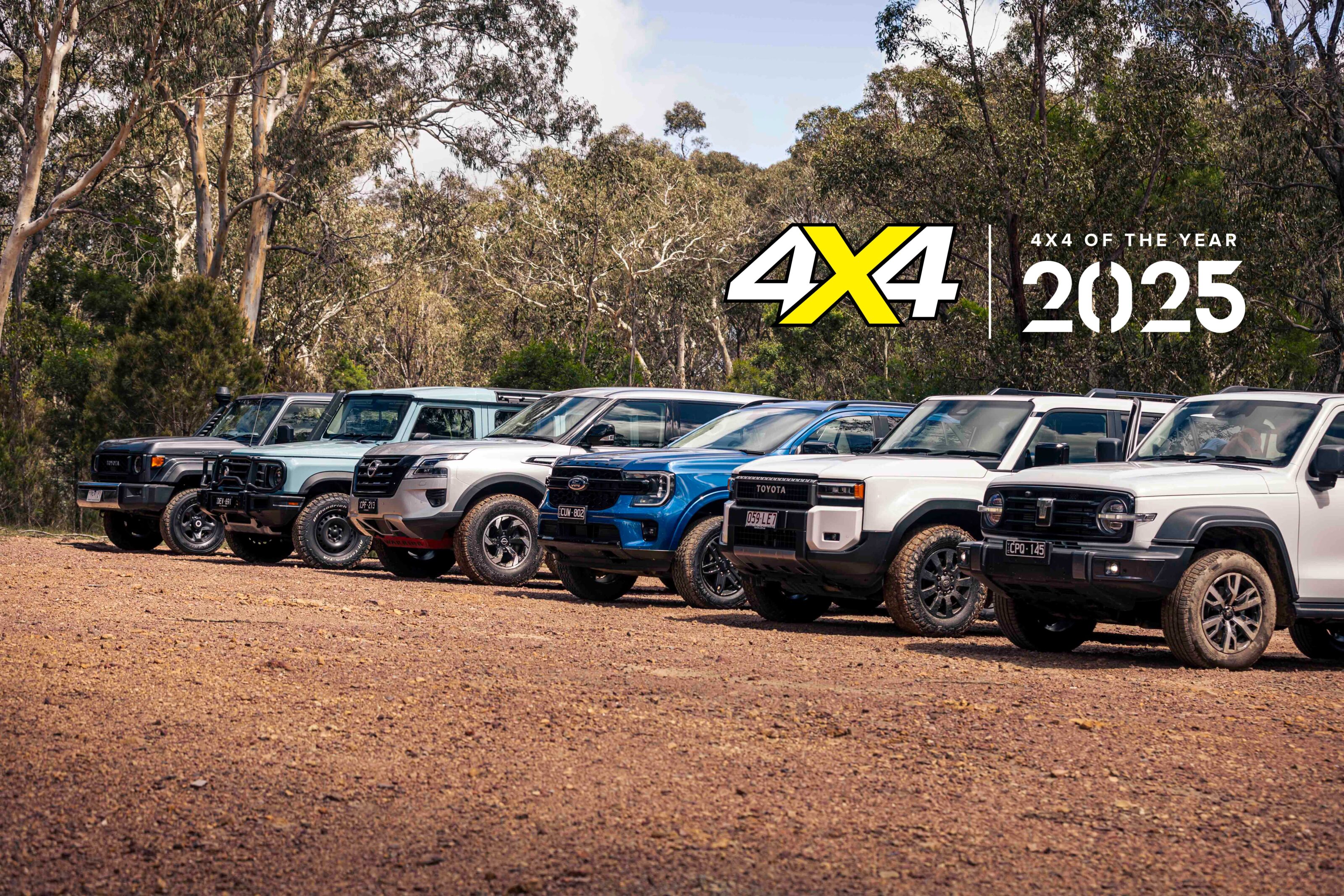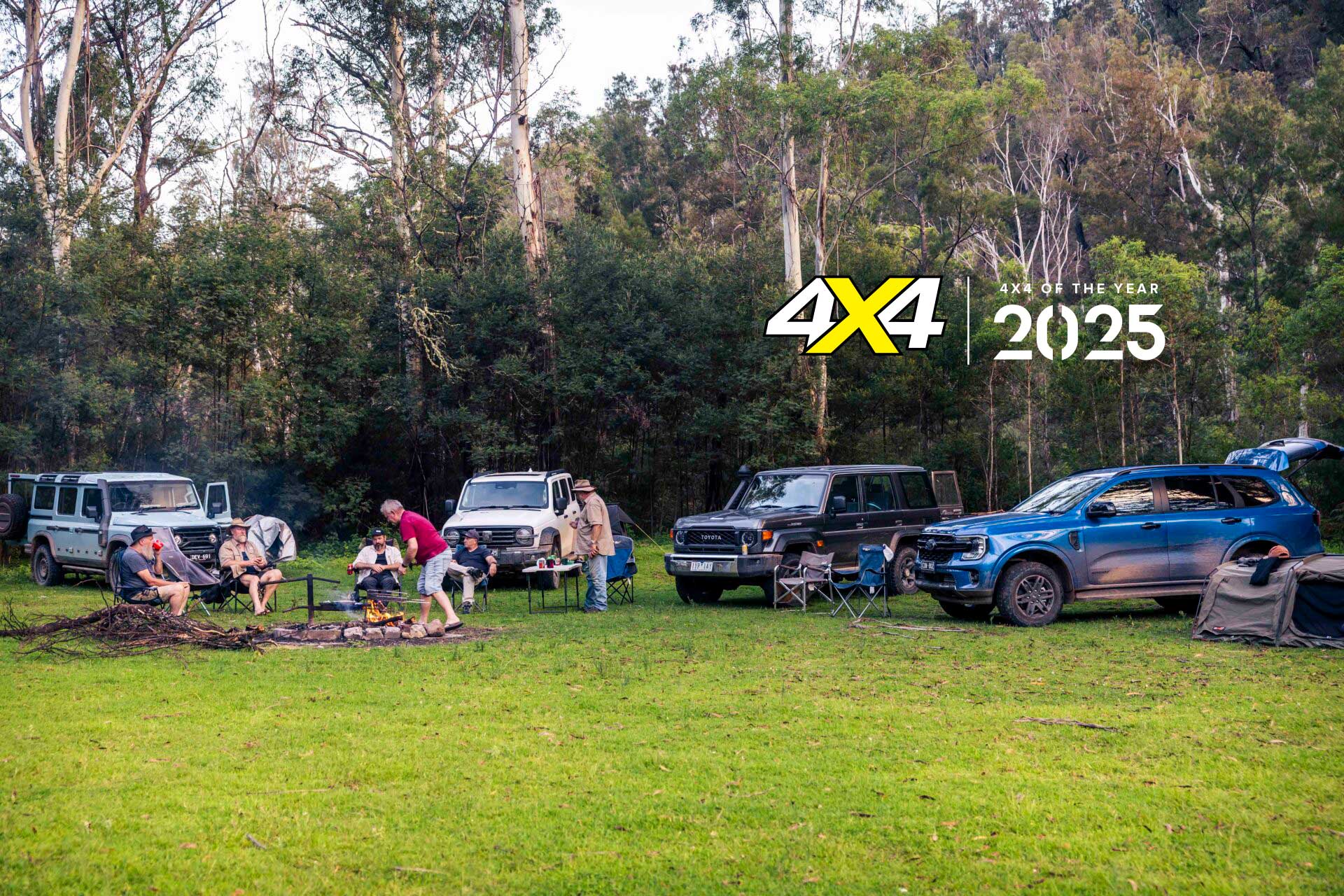The Ranger XLT is one of three Fords on our shortlist with Ford’s new 2.0-litre bi-turbo four-cylinder diesel and 10-speed automatic powertrain, which is a world apart from the relatively low-tech 3.2-litre five-cylinder diesel (with its six-speed manual or automatic gearboxes) that has been at the very heart of the Ranger’s success since this generation first appeared in 2011.
However, you could say this new Ranger represents a generational change as it brings the new high-tech powertrain, significant chassis revisions, new safety equipment including autonomous emergency braking, and a host of detail changes both seen and unseen.

The new powertrain is currently offered in XLT and Wildtrak models where it will sell alongside the existing 3.2-litre engine as Ford hedges its bets on customer acceptance of the new engine. There’s no manual with the new 2.0-litre engine, so keeping the 3.2 in the range stops manual buyers having to look elsewhere.
Our test Ranger is an XLT, traditionally the most popular variant in the dual-cab range, optioned up with leather seat trim (+$1650) and the Tech Pack (+$1700), which brings the extra safety kit led by autonomous braking that’s standard on the Wildtrak. That means it’s $57,340 plus on-road costs.
Touring
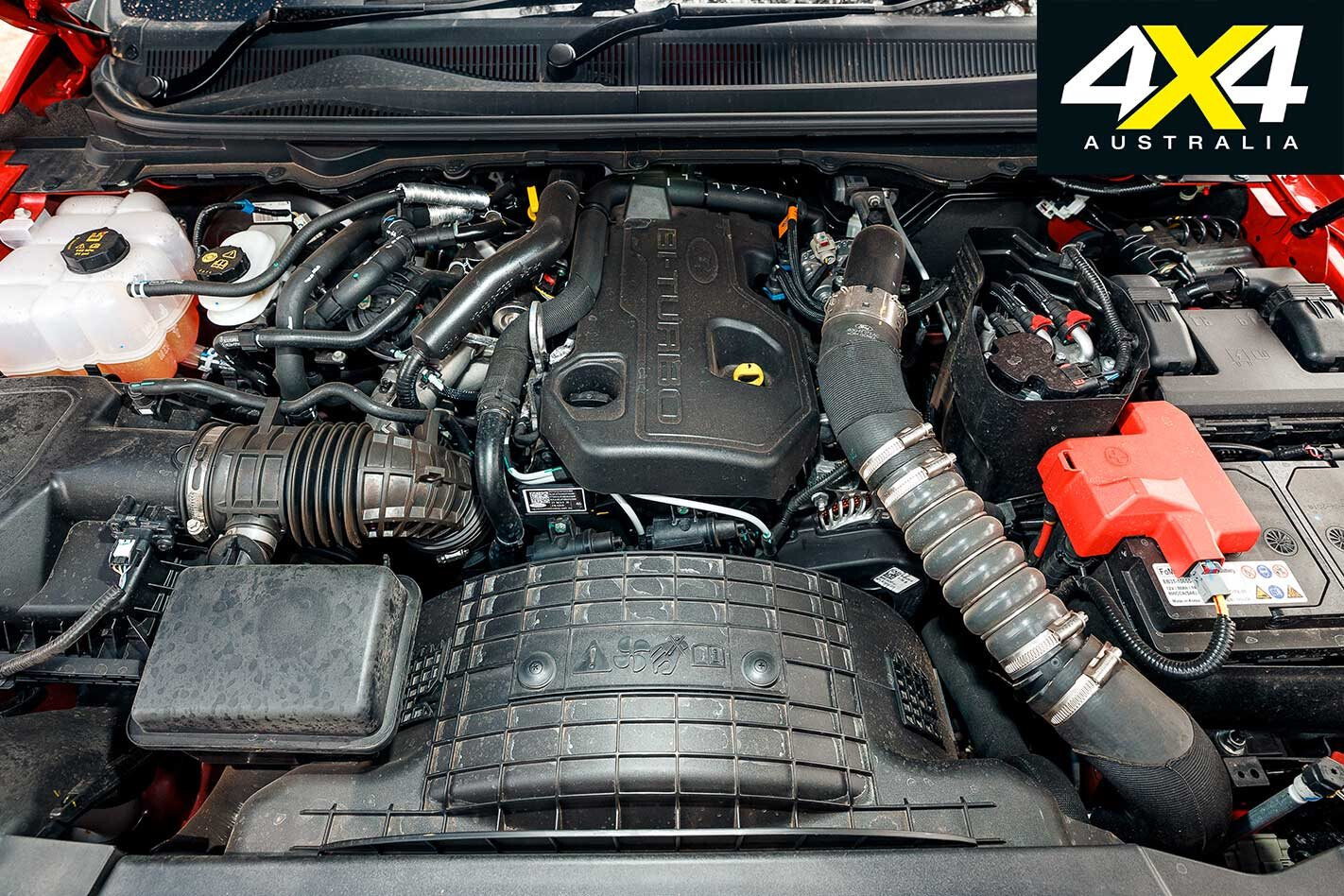
Any doubts that the little four isn’t up to the job of powering a relatively big and heavy vehicle like the Ranger instantly evaporate as soon as you get behind the wheel, especially on the highway.
On paper the 2.0-litre four claims more power (157kW vs 147kW) and more torque (500Nm vs 470Nm) than the 3.2-litre five, and these numbers don’t lie. This little engine feels like a bigger engine in the effortless way it makes its power. It’s still no rocket at overtaking, but it’s not bad either.
More impressive is how quiet and smooth this engine is, as well as the near-undetectable and seamless changes from the slick 10-speed automatic; the combination bringing impressive new-found refinement to the Ranger. The new engine also delivers better fuel efficiency, which was never a strong point of the 3.2.
The suspension revisions bring what is a remarkably supple and refined ride for a ute, while, as ever, the feel and connection from the electric power steering at highway speeds is excellent. The Tech Pack’s radar cruise control and traffic sign recognition, which tells you what speed limit applies at any time, are also handy features.
Trail Driving
The Ranger’s electric power steering not only brings benefits at highway speeds but also effortlessly light steering at trail speeds. The Ranger’s generous ground clearance, long wheel travel and effective electronic traction control make short work of difficult trails; although, over-bonnet visibility could be better.
The Ranger’s basic dual-range part-time 4×4 is operated via a centre-console rotary dial, while the manual selection of gears, needed more when off-road, is operated via a rocker switch on the side of the shifter, a feature not universally liked by our judges.
Interestingly, Ford claims the same 800mm wading depth of the 3.2 with the 2.0, despite the air intake being behind the bonnet lip rather than via the inner guard.
Set-Piece Hill Climb
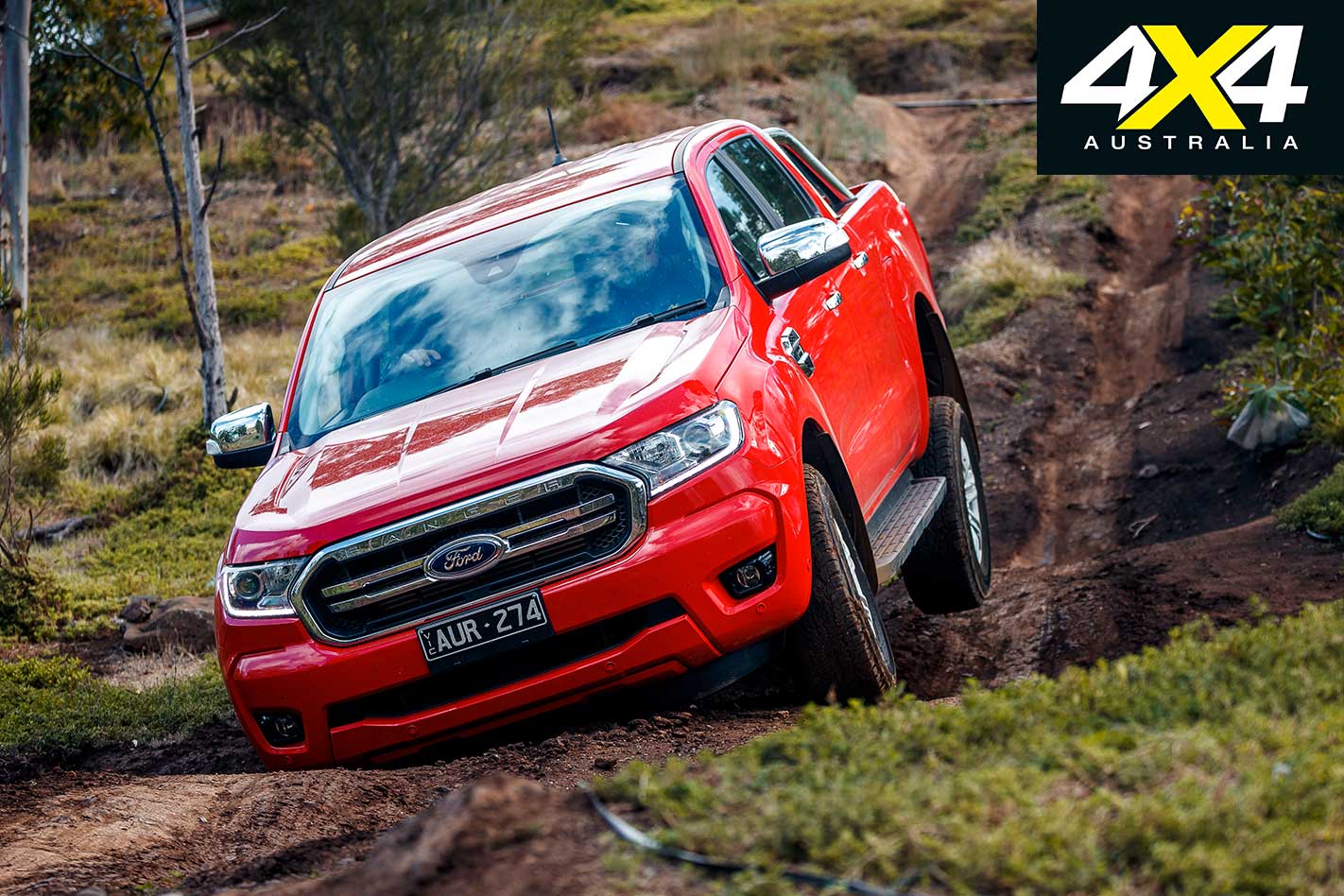
The long wheel travel and well-calibrated electronic traction also proved the trick on our set-piece hill climb the Ranger cleared, even without the need for its driver-switched rear locker. With the locker engaged it made the climb even more easily, due in part to the fact that engaging the rear locker doesn’t cancel the traction control on the front wheels.
Cabin, Equipment and Safety
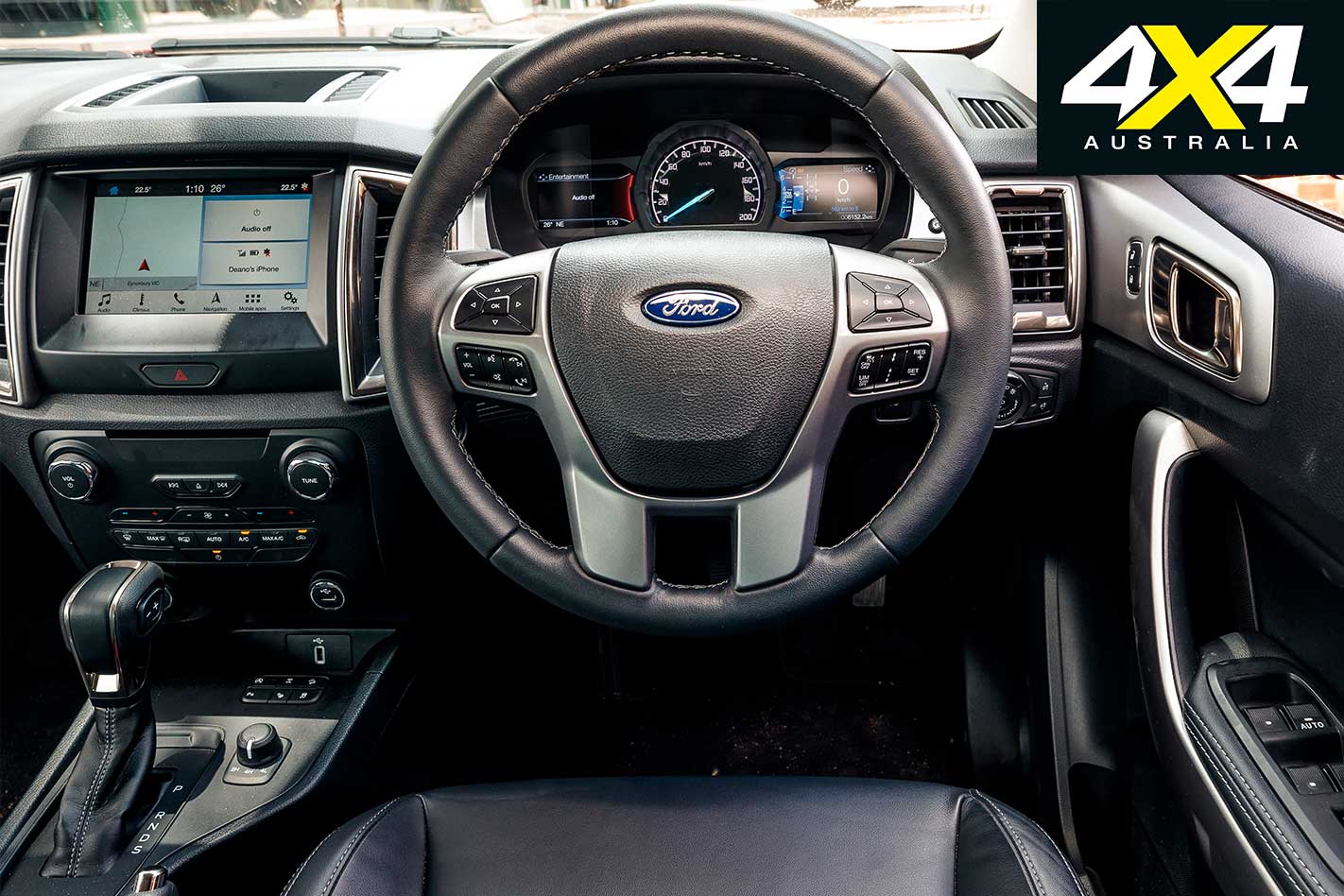
Smart-key entry and push-button start headline a number of changes to the Ranger’s cabin, but there’s still no reach adjustment for the steering wheel, only tilt. Not that it seems to matter as the Ranger’s driving position and seat comfort is excellent. As ever the cabin is big and roomy and offers combined front and rear legroom that no other dual cab can match.
The niggles are as before: the HVAC controls are too hard to read, some of the switchgear is fussy and the display menu isn’t as simple as it could be. I guess with time you get used to them.
This new model Ranger hasn’t undergone ANCAP testing, but the previous model gained five stars in late 2015.
Practicalities
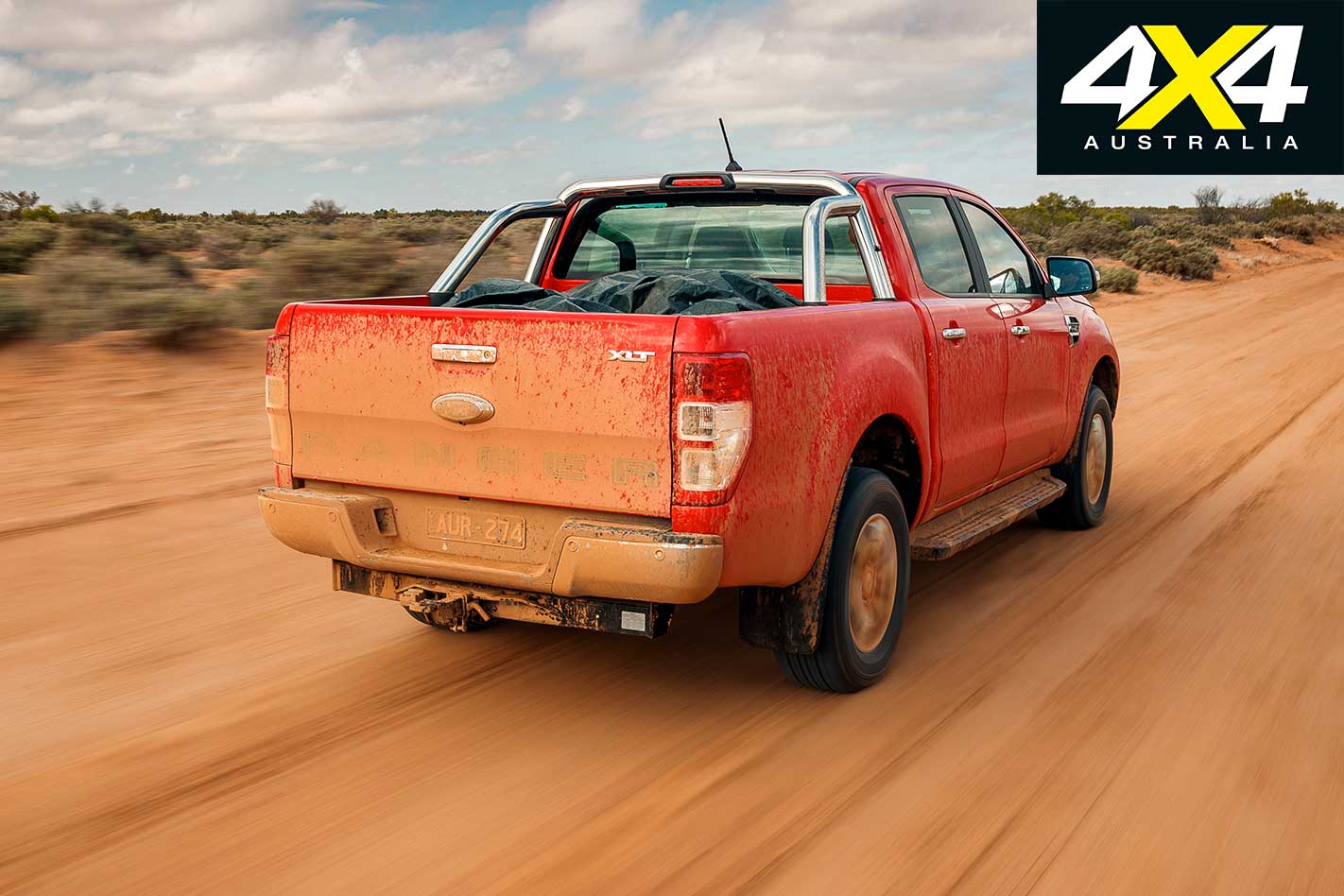
Despite the much smaller engine, the Ranger retains its 3500kg tow rating and one-tonne (but fractionally improved) payload figures, something we didn’t test on 4X4OTY.
A towbar, tub liner, light and 12-volt outlet are all standard. New is a spring-loaded tailgate that is lighter to close and open.
Given its sales volume the Ranger is well served by the aftermarket, but some of the new model’s changes like the engine air intake, new front-end styling and suspension changes mean a redesign of some aftermarket items.
As ever the Ranger carries a common wheel and tyre spec (same as Hilux), so there’s plenty of tyre options and availability of replacement tyres when in remote locations.
Summary
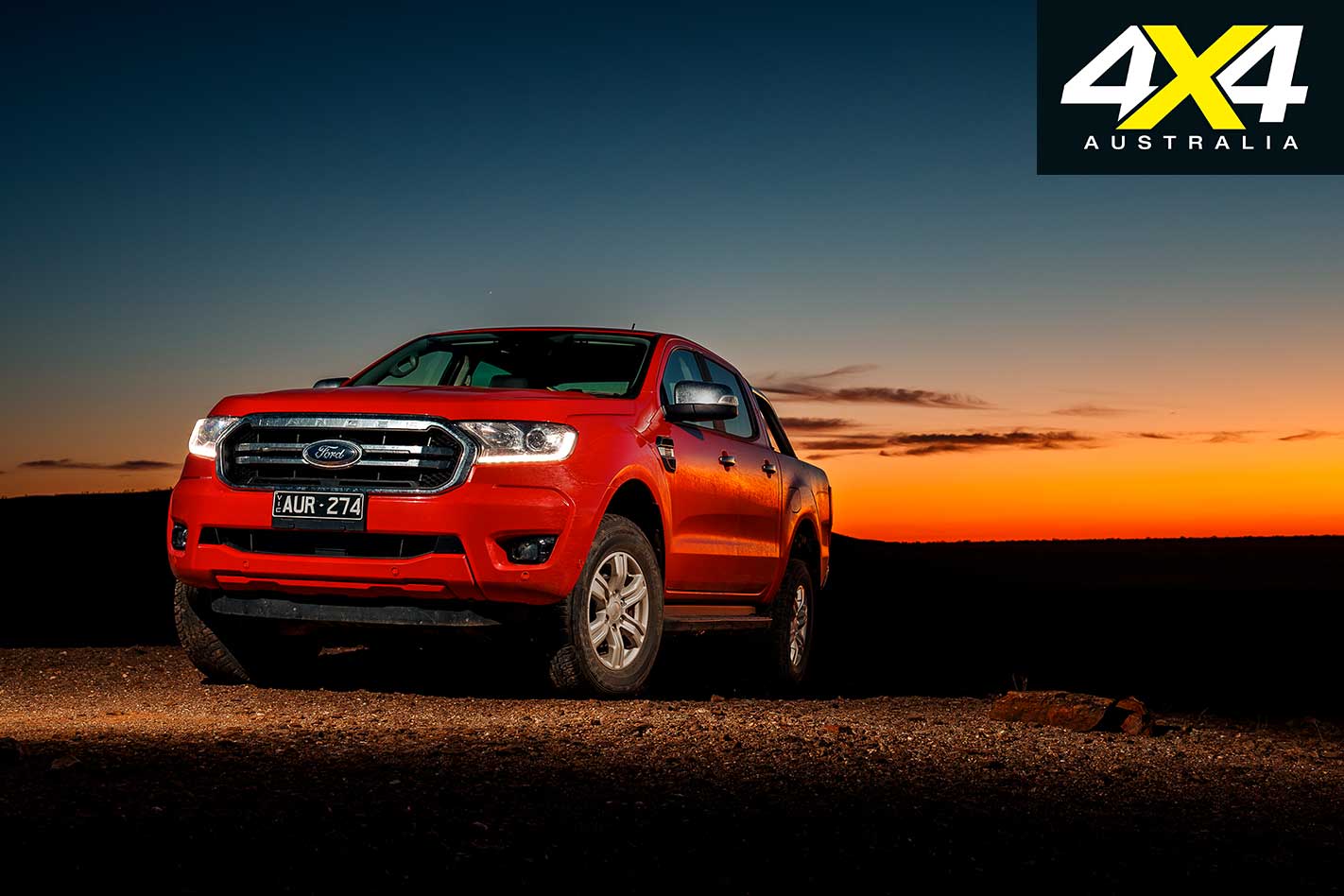
The new 2.0-litre bi-turbo engine and 10-speed auto bring a more refined and quieter driving experience to the Ranger, and more performance, too, thanks the closer gearbox ratios and beefier power and torque outputs. The chassis changes reinforce the fact that this is a more refined and comfortable vehicle than its predecessor.
2019 FORD RANGER XLT SPECS: Engine: 2.0-litre inline-4 bi-turbo diesel Max power: 157kW at 3750rpm Max torque: 500Nm at 1750-2000rpm Transmission: 10-speed automatic 4×4 system: Dual-range part-time Kerb weight: 2197kg GVM: 3200kg Payload: 1003kg Towing capacity: 3500kg GCM: 6000kg Tyres: 265/65R17 112T Fuel tank capacity: 80L ADR fuel consumption claim: 7.4L/100km On-test fuel consumption: 9.7L/100km Base price: $53,990 (plus ORC) As tested: $57,340 (plus ORC)
MORE: Ford Ranger Range Review MORE: Ford Ranger Specs, Range & Price

